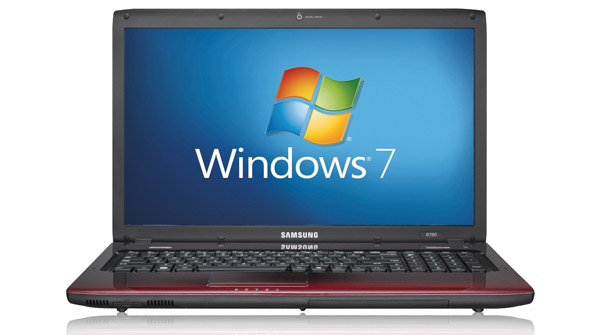Windows 7 PC numbers are dwindling, as users jump ship for Microsoft Windows 10 devices

The days of Windows 7 being the top dog amongst Microsoft’s most popular operating systems are counted, as data collection service NetMarketShare reports.
The headcount of devices running Microsoft Windows 7 is dropping rapidly, down to 43.12% of all computers, but the most significant statistic is that the steepest drop, 2.6%, was recorded only in the last month.
Microsoft Windows 7 was released to the public July 22nd, 2009, for both 32-bit and 64-bit devices, and its latest major update occurred in February 2011, with the Service Pack 1 (6.1.7601), which is required to continue receiving extended support, which is set to expire in 2020, past the end of mainstream support, which occurred in 2015,
Windows 7 has enjoyed worldwide praises, and it is still considered some of the best, and most stable versions of Windows. With that said, this sudden drop in usership is indicative of a number of factors.
Fading third-party software support
Big software developers have began a phasing out of their support for an operating system that has now become extremely outdated on most modern computers.
The hardest hit comes from antivirus companies, who have started to charge extra for support of older operating systems, while at the same time, discontinue mainstream support for the general public, leaving many PCs running Windows 7, and any prior version to it, vulnerable to the latest cyber-threats, including Ransomware.
There is a whole array of applications leaving Windows 7 behind, particularly productivity and creative applications that require new features unsupported in Windows 7. Touch devices, such as Surface Pro and Surface Studio, include a much wider sensor array than what’s supported by Windows 7, which brings us to another major problem for those who still cling on the 9-years- old operating system:
Drastic drop in hardware support
Unless users plan to stay with their own 10+ years old hardware, including printers, scanners, older digital cameras, MP3 players, and other near-obsolete technology, upgrading to a newer operating system is not just beneficial... it’s officially a necessity.
Modern devices are designed to work wirelessly, and require operating systems to keep up with higher hardware performance, in the way of kernel optimization, memory and CPU management, and also support for more powerful graphic cards.
Running Windows 7 or older versions of Windows on a brand new computer will most likely result in severe decrease in performance, not to mention a lack of driver support for new hardware.
Numbers could be even worse than we think
It is estimated that bot traffic, which runs predominantly from Windows 7 systems, makes up a considerable percentage of the machine population detected by NetMarketShare, considering the staggeringly high activity of botnets worldwide, especially those designed to distribute regular, and virus-infected spam.
Windows 10 had has a few years to gain market share over Windows 7, and it has finally reached a point of mainstream adoption, thanks to a much more familiar and user-friendly interface than its predecessor Windows 8.1, as well as support for faster processors, and much more sophisticated hardware in the latest devices, including better battery management that manufacturers hope to boost to a point where all-day, or several days battery life could be a reality very soon.
Ready to shop?
Own the ultimate Windows 10-powered creative powerhouse: the all-new Microsoft Surface Studio.